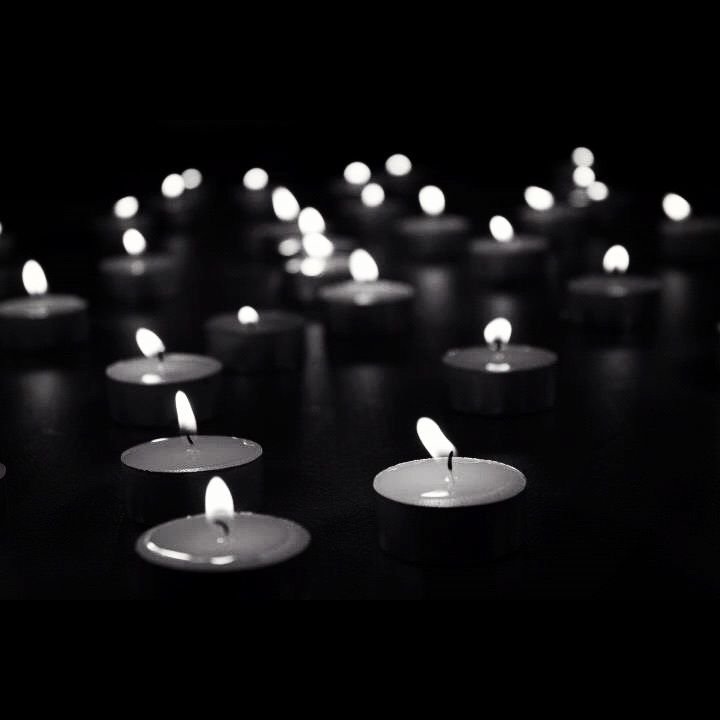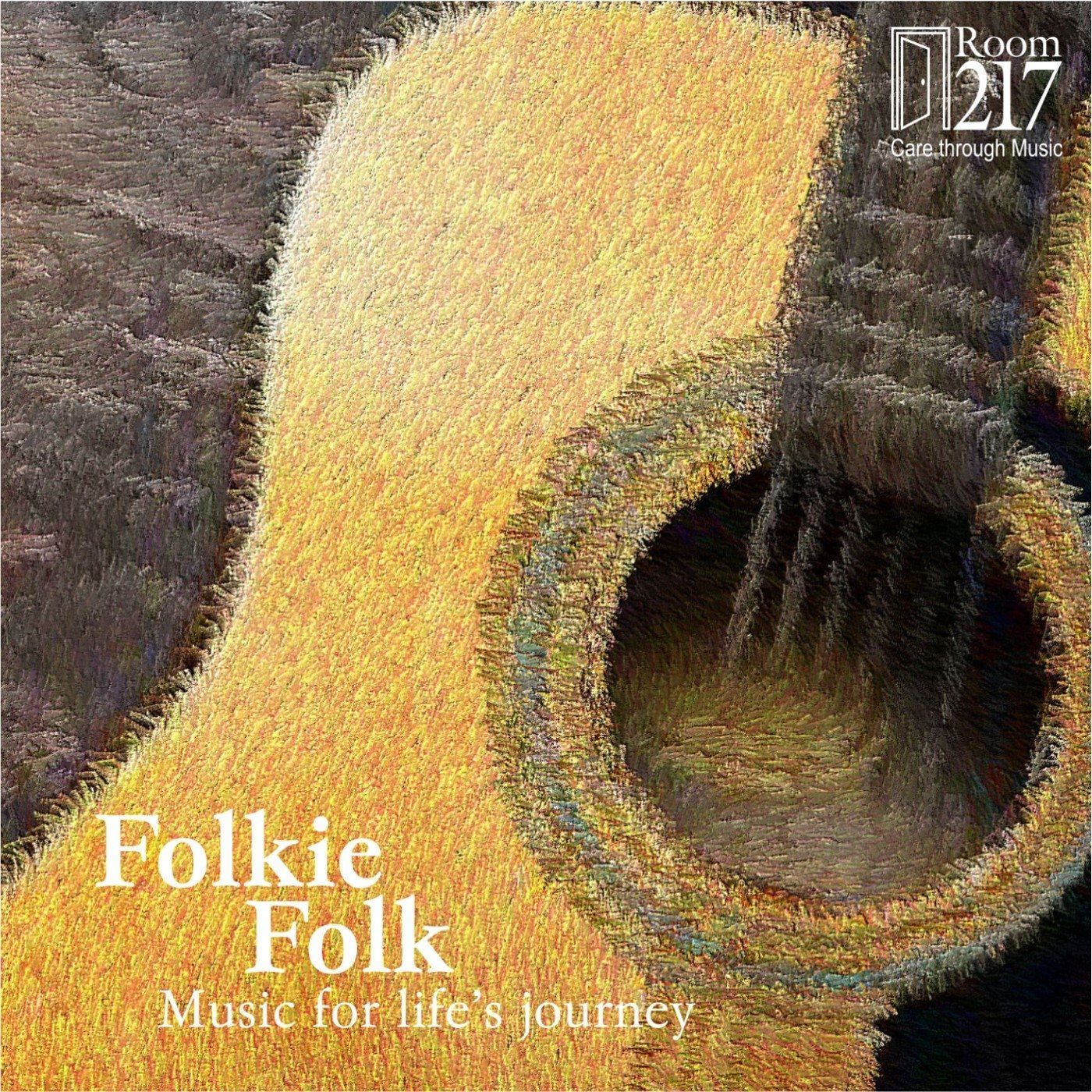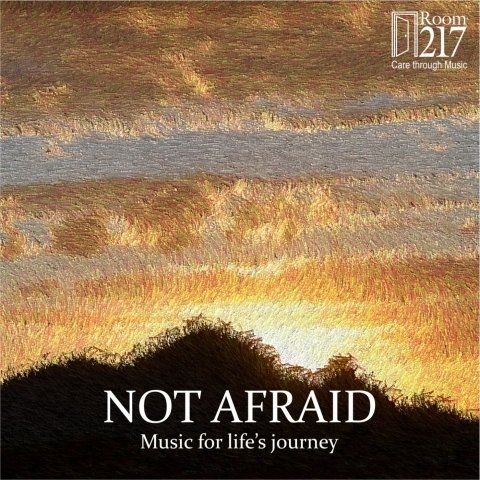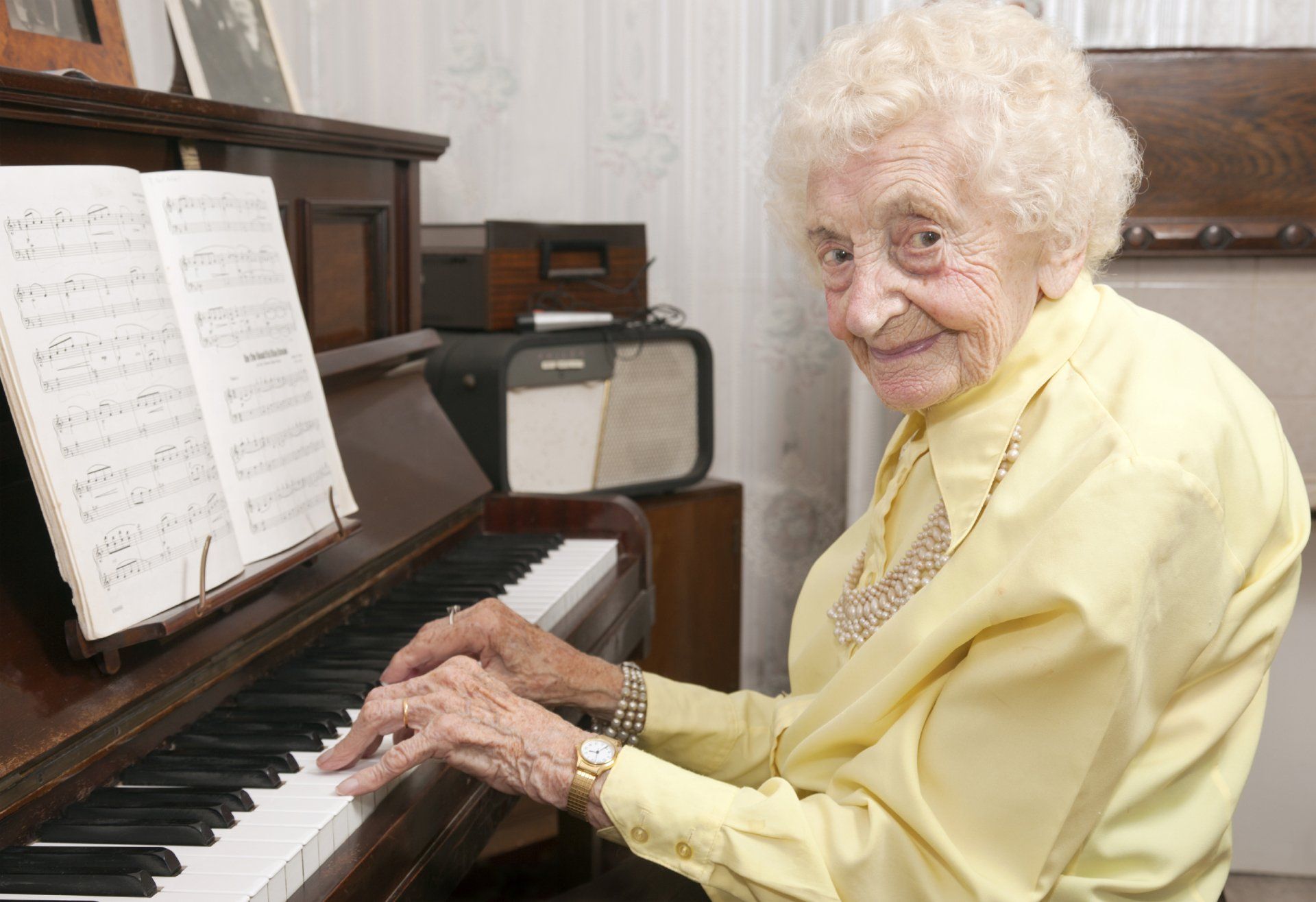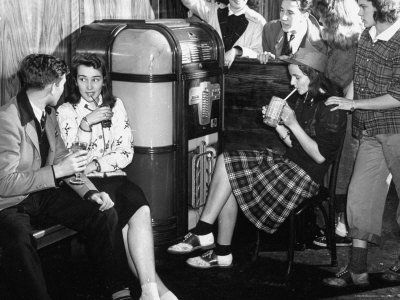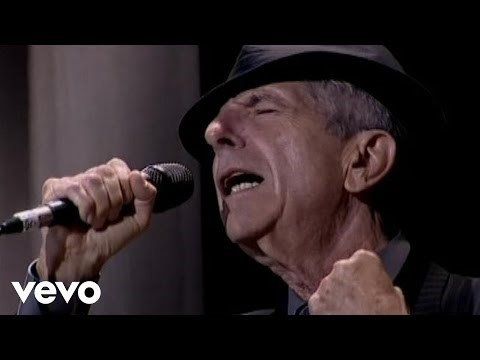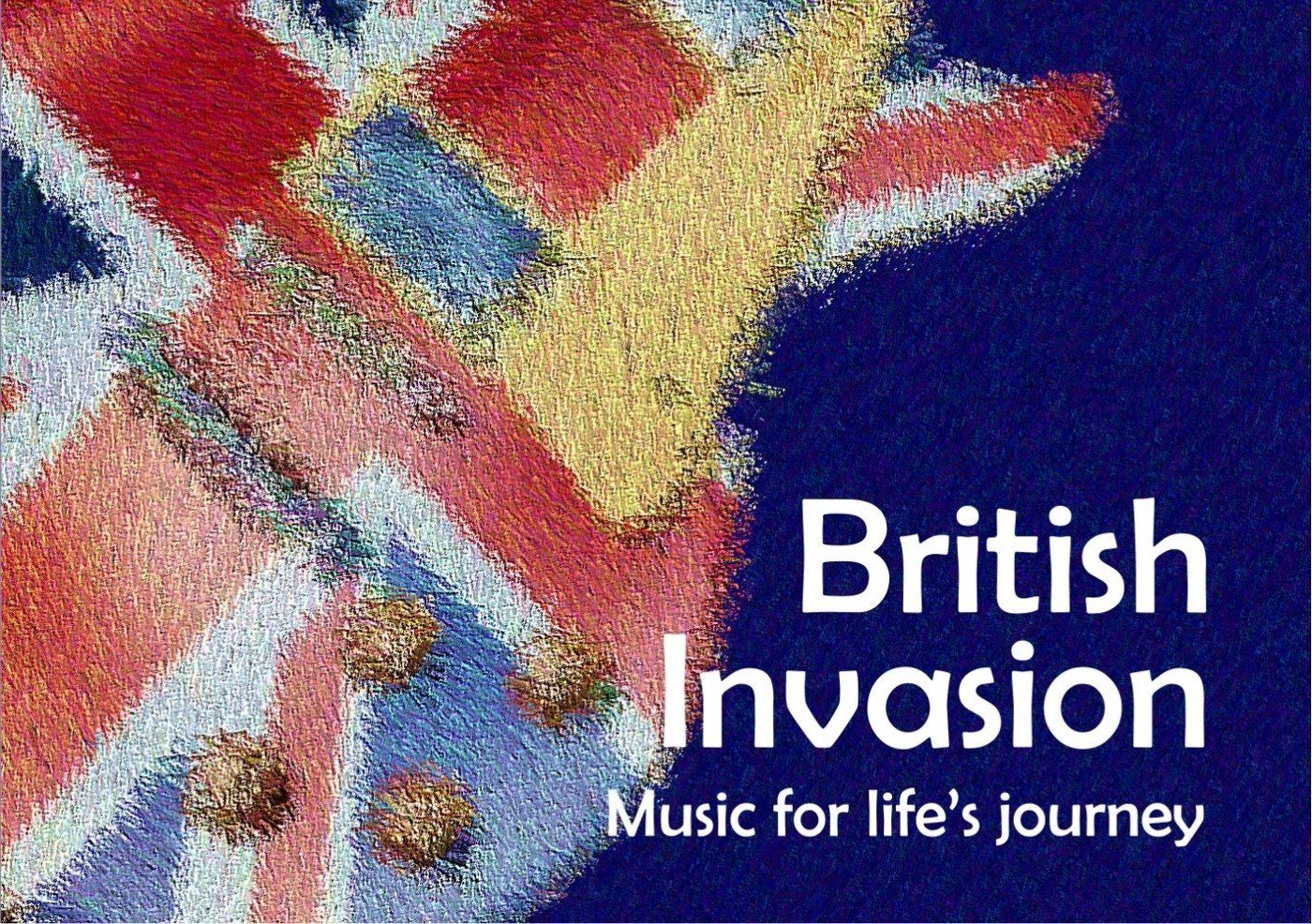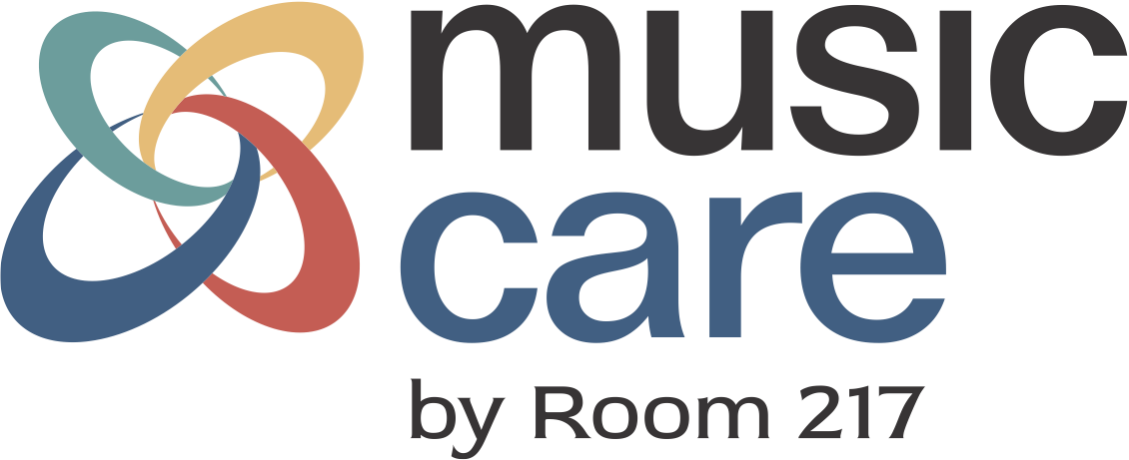A First Visit: You don’t always know what you’re going to get.
This is the second in a series of articles that examine the impact Music Care Training has in care settings and contexts. Watch for monthly stories from Level 3 graduates. This update is by Musician / Music Care Advocate Peter Exner of Calgary, AB.
For the last few summers my family and I have taken a break from our busy lives in Calgary and have headed south to Pincher Creek and the Crowsnest Pass. The goal is to unplug, recharge, and be ready for September. Working as a musician who delivers music programming at seniors residences I’ve often been curious to try my program on the road. As it turns out, Pincher Creek has three seniors’ homes. This summer I decided to walk in to one to see if they had a piano, and the rest is now history.
A first performance is always a challenge. Who will be attending? What levels of care do they require? How many residents plan to attend? What does the room look and sound like? With so many variables and things to consider you need a plan. Enter my Music Care framework. Levels 1, 2, and 3 not only gave me insight into preparing music for my program, but also helped me build a template for success when using music at seniors’ residences. Many classes and courses will give you examples of how to do your work (theoretically) but only the Music Care courses had me building what I would eventually deliver musically (practically).
The room I walked into was big and people were spread out everywhere. The piano was off in the back corner facing away from my audience. “This is how we normally set up the room” I heard. “Well, not today!” I said. It took a few extra minutes, but by rolling the piano to the middle of the room and arranging the chairs differently all of a sudden we had a micro community. From a music care perspective we’re now increasing the possibilities of better social engagement and we’re also reducing the potential for isolation during the program. All of this work and I haven’t even played a note yet!
At the core of my music program is storytelling. Every piece of music needs a little context to be interesting. I often begin with a few songs to warm up my fingers and then introduce the topic(s) that we will dive into. On the day I was in Pincher Creek we sang about chickens, I told them a story about my kids using piece of classical music, and I even snuck in some Elton John. Throughout the engagement I took notes on what worked and what didn’t in order to build the next program.
Whether you are performing, listening to recordings together, or viewing and discussing musical YouTube videos together setting yourself up for successful interactions is extremely important. On this day I began with ‘St Louis Blues’. Even if a few people didn’t know the song most were swinging back and forth in their chairs. After the ice was broken we were off to the races - together. Some people sang, some people clapped, and more than a few people smiled and before you know it the hour was up.
A first visit is an opportunity to introduce yourself, your story, your values, and we all know that first impressions are everything. In using a Music Care as an approach to delivering music programs you can almost always guarantee success. This doesn’t always mean that everyone will connect with every song but as you return you will bring more and more people into the fold.
Have an idea for a blog post? Share it with Deb.

